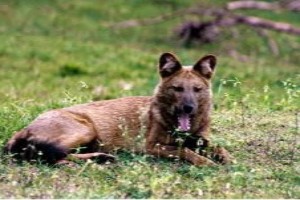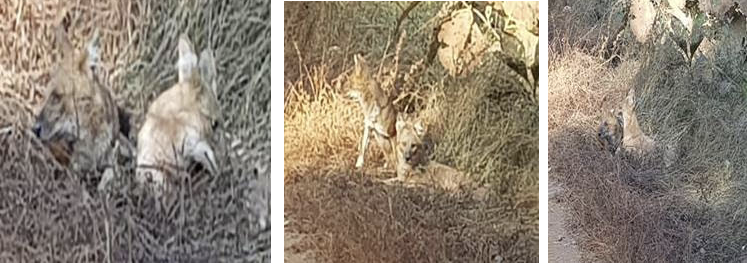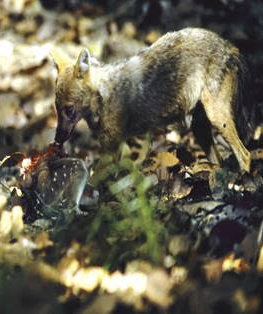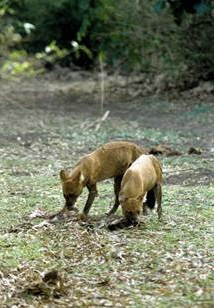
Travel With Me Series
 By P.Shivanand*
By P.Shivanand*
This real life story unfolded itself in front of us on December 18, 2017 at Tadoba National Park, Chandrapur, Maharashtra.
By no stretch of imagination I could call Dholes ‘wild dogs’, vicious, killers, cruel or ferocious. There is a strict social hierarchy within the pack, so fighting and within a dhole pack, there is a system of dominance so that the strongest, most experienced animals lead the pack. In most cases, the dominant male and female are the only pack members to breed aggression rarely occur. Here is a true and minute to minute record of a pack of 12 dholes – better known as Indian Wild Dogs.









For my wife and I, it was like witnessing a regular high voltage Bollywood action thriller in real time. We were mesmerized, deeply excited and highly curious while sitting in the open top Safari Jeep watching the Indian Wild Dogs were playing out this intense drama.
Finally, the return of the prodigals

This occurrence got us very deeply involved with dholes. Their packs are thought to be territorial and the area covered by the pack in its hunting is correlated with the abundance of prey.

Read on if you wish to know more about them, their habitat, behaviour, antics in short – their way of life!
The biological family name of these dog-like carnivorans is Canidae. The Indian wild dog, dhole, has many attributes of the African wild dog such large, rounded ears, hooded eyes, amber-coloured irises, and a shorter muzzle.
An adaptable animal, it is found in dense rainforests and moist and dry deciduous forests, which provide thick cover for hunting, as well alpine, evergreen and thorn scrub forests.
A dhole weighs anything between 26 and 44 pounds. It measures about about 35 inches long and 20 inches tall from the shoulder. While it sports rust-coloured coats with white undersides and chests, its black-tipped tail is between 16 and 18 inches long.
A dhole is primarily a hunter who can hunt both during day as well as night time. It can hunt even a deer.


As far as hunting is concerned dholes commonly adopt two strategies. One is to kill prey as the whole pack moves through the scrub in an extended line and the other is for some members of the pack to remain on the periphery of the jungle so as to intercept the fleeing prey flushed out by other members of the pack. Small mammals like hare and chital fawn are seized on any part of the body and are killed with a single head-shake. Larger animals are attacked from behind and the usual points of attack are the rump and the flank. Although the majority of food is hunted, it will sometimes scavenge from leopard and tiger kills also.
*Shiv as he is popularly called is an intrepid traveler, road trekker, adventure and wildlife enthusiast, and a keen photographer. He and his wife Mukta as navigator, have self-driven more than 104,000 Kilometers on Indian Roads as a part of Khoj India Series 1 to 6. He has 37+ years of management consulting and people development.
©All photo credits, unless mentioned otherwise belong to P Shivanand






Very informative and interesting which area it is.